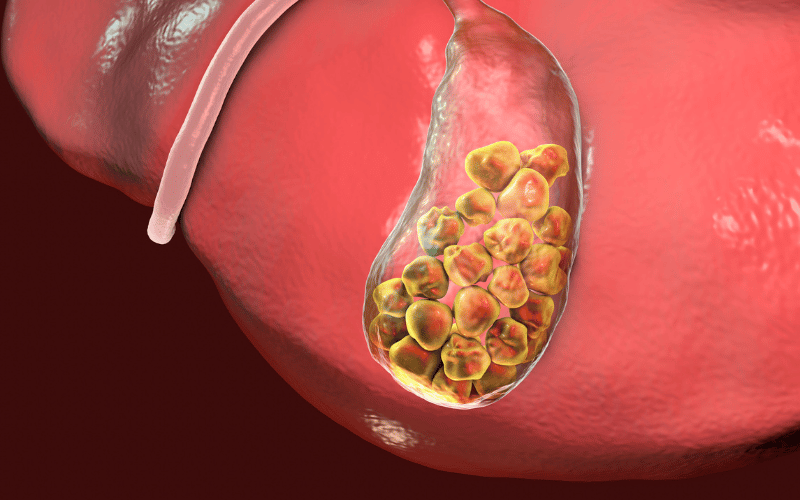10. Gallstones: Migrating Troublemakers

While gallstones are typically associated with the gallbladder, they can cause trouble elsewhere, especially in the intestines. How? Sometimes, a large gallstone can exit the gallbladder, entering the intestines. If it gets stuck, it can lead to a unique type of obstruction termed gallstone ileus.
The path these gallstones take is interesting. They usually exit the gallbladder, make a pit stop in the ducts, and then migrate to the small intestine through an abnormal connection, like a fistula. Once inside, their journey isn’t always smooth. Depending on their size, they can get lodged, typically in the narrow parts like the ileocecal valve.
Symptoms of gallstone ileus mirror those of bowel obstruction – abdominal pain, vomiting, and bloating. Diagnosing it can be akin to a treasure hunt. X-rays might show air in the gallbladder or the presence of the gallstone itself, often termed the “Rigler’s triad.”
Treatment involves surgery, not just to remove the gallstone but also to address the fistula. The entire phenomenon of gallstone ileus underscores the interconnectedness of our internal organs and how a problem in one can reverberate elsewhere. (10)